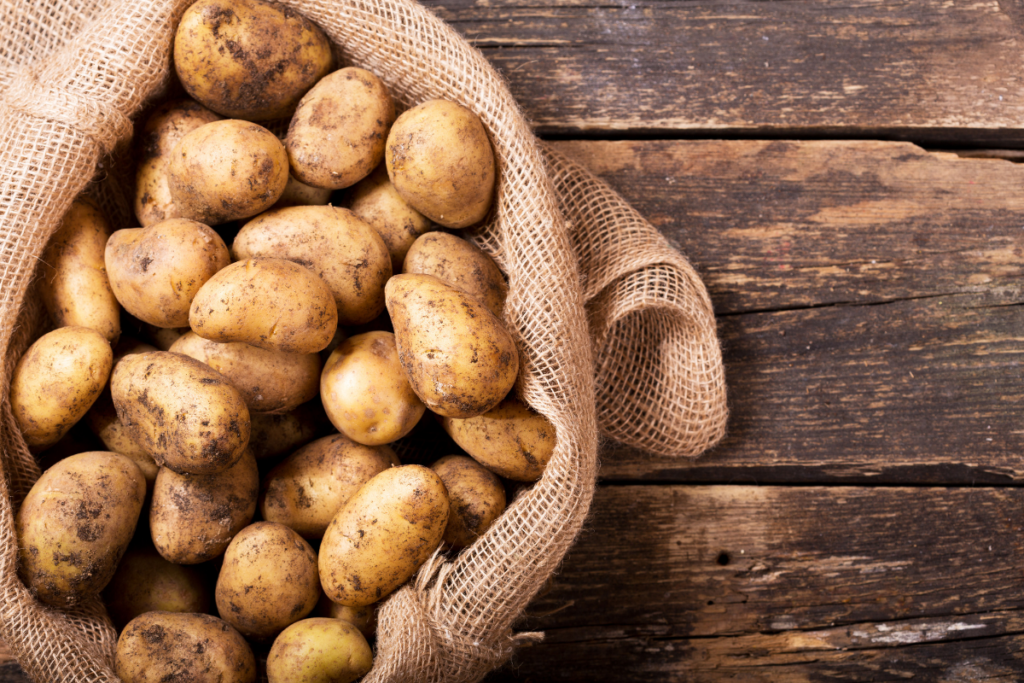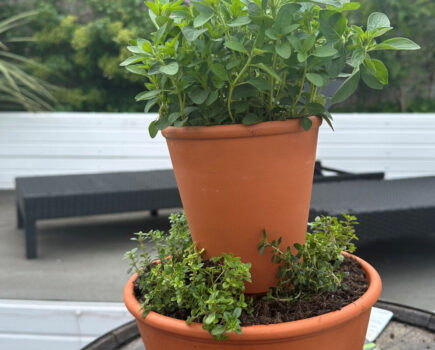Size matters when you’re choosing your seed potatoes
What’s a major difference between an early and late potato other than the latter’s longer time to get to harvest? Size!
We grow early sorts for rapid results with lots of smallish new potatoes, we grow late sorts mostly wanting somewhat larger tubers for storage. If we save our own ‘sets’, the seed potatoes, we need to be much more particular with late (as well as mid-season and second earlies) than early sorts.
The aim of earlies is a rapid crop of many smallish new potatoes, so saving next year’s sets of egg-sized tubers from any healthy plants should work just fine. But if we save similar egg-sized specimens from later varieties we must be careful not to take them from those plants producing many or only small tubers overall. If we do so then the next year we will be growing a much higher percentage of plants producing mostly small potatoes, and the year after that, nearly all will be even smaller still.
This same error occurs if we foolishly select as sets small tubers from those left in the bottom of a sack. I repeat, without especially careful selection we are very likely to produce crops of mostly smaller, disappointing spuds. To avoid this, only ever save sets from healthy plants producing predominantly large tubers. And, this is very tough advice to follow, as it means setting aside the larger, tastier-looking potatoes for next year, and bringing the smaller specimens to the kitchen (inconvenient though it often is with the peeling and cooking of the smaller ones).

Size matters with main crop seed potato selection
If you follow my advice and plump for the larger spuds to save, this also means you won’t need quite so many put aside for the following year, at they can be spaced a little further apart when planted out. To economise, ‘old boys’ would cut them in half to make two sets for planting, and though this risks rotting it does double their number. (I cut my largest in half then coat cut surfaces in wood ash just before planting.) Do save any larger green spuds for saving also, they are inedible but this matters not when using them as seed next year.
(Though exposure to light does mean they could also have picked up blight spores but that’s a moot point.)
Therefore, as you harvest your precious crop, lift each plant separately so you can select good sets from those producing a decent crop of hearty-sized tubers. Even those with slug holes can be saved (after rehoming the slugs first of course).
Safe storage
Potatoes for long storage should be dried in the air for a couple of hours to firm their skins then packed into strong paper bags or boxes (not plastic) and kept somewhere cool and dark. The spuds you’re saving for sets should be dried a tad longer then treated the same, or ideally set rose end (lots of eyes/ buds) up in egg trays and put aside somewhere cool and dark till brought out to ‘chit’, or start into growth from late winter.
Find more tips, advice and articles like this at the Amateur Gardening website. Subscribe to Amateur Gardening magazine now





